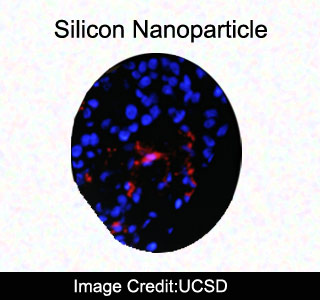
Various experts in the field seemingly believe that the use of nanotechnology in medicine holds potential. Some of its benefits include its economical advantage, enhanced drug usage, lesser drug toxicity, and efficient patient diagnosis.
The present study experts were said to have developed the first nanoscale “quantum dot†particle which has many helpful properties. These include the ability of the particles to glow brightly and aid the physicians in analyzing the internal organs. Apart from this, prior to transforming into non-toxic by-products the particles are stated to emit anti-cancer drugs.
Sailor says that, “There are a lot of nanomaterials that have an ability to do fluorescence imaging. But they’re generally toxic and not appropriate for putting into people.â€
The main criterion is that in order to make these materials glow certain toxic chemicals supposedly seem to be needed. Therefore these experts were said to have developed a novel non-toxic quantum dot nanoparticle. This nanoparticle was said to have been made from silicon wafers. These wafers were then, through ultrasound waves, broken into tiny bits thus resulting in tiny silicon particles with nanoscale features.
When these nanoparticles were tested on animal models, it was observed that the tumors glowed for a number of hours before getting dim when the particles break down. A decrease was noticed in the number of these nanoparticles over a span of a few weeks. Inspite of not having detected any toxicity in these nanoparticles, the researchers didn’t term them to be completely safe.
Sailor says that, “Very high doses of any substance can be harmful. The important conclusion from this work is that the materials are nontoxic at the concentrations we need to use to see tumors.â€
It has been stated that an indepth analysis needs to be conducted before this newly developed material may be used in human trials.
